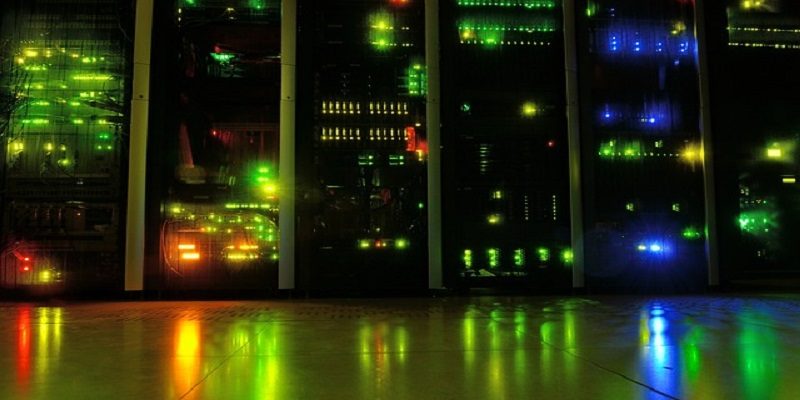NTT Ltd., a leading global IT infrastructure and services company, launched its Edge Advantage Report, which found that although two-thirds of enterprises investing in edge are solving real-world business challenges and more than 8 out of 10 organisations expect their dependency on third-party edge services to grow over the next two years, nearly 40% of those planning edge deployments are concerned that current infrastructure capabilities won’t be able to support the promise of edge.
Enterprises around the world are discovering the edge advantage, benefitting from digital technologies that accelerate data-driven decision-making, secure physical and virtual assets, and control sustainably resilient operations. But while more than 80% of technology decision-makers say their edge investment expectations have been met or exceeded, many fear that the rapid pace of technology evolution could cost them in the long term.
Infrastructure capabilities
Current adopters see the fragmented management of computing, connectivity, and IoT devices as a hindrance to realising the potential of edge. As such, those organisations that are combining private 5G and edge technologies report the highest benefits over enterprises that have adopted a legacy segregated approach, or none at all.
The report also revealed that though most organisations believe their network infrastructure can handle their current edge requirements, almost 40% of enterprises planning edge deployments acknowledge a need to upgrade their network in order to support the expected spike in connected devices and applications. In fact, nearly two-thirds of enterprises that already deployed Edge have coordinated a wide area network refresh.
In light of this, many organisations are planning to turn to partners to help them on their edge journey. So much so that 88% believe their organisation’s dependency on third-party edge services will grow in the next 24 months, with 90% expressing a preference to consume edge services from a single partner that offers a central point of accountability and 94% declaring that “having more managed service options” is a top factor in making edge consumption easier.
“The growing need for faster processing and a distributed digital architecture is creating increased pressure on networks and infrastructure capabilities, driving both accelerated adoptions of private 5G and edge,” said Shahid Ahmed, EVP of New Ventures & Innovation at NTT Ltd. “Achieving the edge advantage will require end-to-end solutions with holistic management and uncompromising accountability. Only through utilising these solutions can enterprises gain instant access to data, where it is generated or collected, with near-zero latency, and harness it to drive powerful business outcomes.”
An industry view
The motivation behind edge adoption can vary from industry to industry. Among manufacturing firms, operational efficiency is the top-ranked edge investment driver, with data security second. Manufacturing firms are striving to be just-in-time organisations that meet and even anticipate market needs, turning data into a competitive advantage.
Here’s the breakdown of the top reasons to deploy edge solutions:
-Increasing employee safety, experience, and efficiency (79%)
-Streamlining/digitising business processes (76%)
-Improving customer experience/anticipating customer needs (74%)
-Increase the use of data insights for decision-making (72%)
When it comes to improving supply chain efficiency and resilience, 100% of healthcare, transportation, and manufacturing organisations have had their edge expectations met or exceeded. The same can be said for increasing employee safety, experience, and efficiency in the energy sector.
Edge-optimised applications take advantage of low latency, predictability, and high bandwidth for real-time data collection to perform according to industry-specific needs. With the benefits of edge clear, it’s hardly surprising that more than nine in ten (93%) respondents consider it a competitive advantage within their industry.
Complex environments
According to organisations that have already deployed edge, the top reasons to invest are to automate and integrate AI into business processes, and to gain real-time access to data. But achieving these objectives is a formidable challenge because they require:
-Tight orchestration of hardware, platforms, systems, and devices
-Consistent operational performance without compromising security
-Overcoming legacy infrastructure and technical debt
Organisations need help to navigate the complexity of adopting edge and next-generation technologies into what is, traditionally, a complex and change-averse environment. Legacy protocols and systems need to be carefully managed to ensure production is not impacted while migrations are in progress.
The challenges that an organisation can encounter are key drivers in why 94% of enterprises partner for edge expertise and 90% want a single edge partner that can do it all. But those that successfully harness the benefits of an edge can look to grow their business, improve agility, enhance sustainable business practices, and improve quality control.
“Organisations striving to become real-time enterprises need help beyond design and launch of edge solutions,” said Camille Mendler, chief analyst at Omdia. “Managed services offer a pragmatic and adaptive way to keep ahead of complexity.”






